The U.S. Army Garrison Grafenwoehr is quickly becoming the premier Army base in Europe in virtually every respect. The transformation that began in 2002 with a modest $25-million appropriation from Congress, has expanded to more than $1.3 billion as a result of additional congressional appropriations, and funding from the Army and Air Force Exchange Service, Defense Commissary Agency, Department of Defense Schools, host-nation reimbursement and private investment in housing areas.
"USAG Grafenwoehr has truly been 'transformed' with the investments that have been made in its infrastructure," Col. Brian T. Boyle, U.S. Army Garrison Grafenwoehr commander said. "Grafenwoehr is no longer one of the Army's best kept secrets with its rural lifestyle. Rather the infrastructure has grown to support close to three full brigades of Soldiers, all in less than five years. We certainly aren't a quiet area anymore," he added.
Originally, under the 100th Area Support Group, the Grafenwoehr and Vilseck communities were administered by separate base support battalions. As the base support battalions were inactivated and the 100th ASG took control of both communities, the plan was to prepare Vilseck for the 2d Stryker Cavalry Regiment and Grafenwoehr for Theater Enabling commands (military police, engineer, and signal units).
Boyle took command of the ASG in 2005, and by the next summer, the regiment was moved to the Vilseck side of the newly formed USAG Grafenwoehr, where the unit trained at the Grafenwoehr Training Area and subsequently deployed to Iraq in 2007. Its Soldiers are scheduled to return from deployment this fall.
"The arrival of 2SCR was truly a challenge because all personnel arrived from the U.S. in less than three months time," Boyle said. "As a result, many projects were completed after 2SCR arrived and some, such as barracks 'flagship facilities,' were specifically undertaken after the Soldiers deployed. But we learned a lot from the 2SCR move and that is definitely an asset as we prepare for another brigade's arrival," he said.
In January 2008, it was announced that the 172nd Infantry Brigade would move to Grafenwoehr from Schweinfurt and replace the planned Theater Enabling commands. Within six months, more than 1,000 172nd Brigade Soldiers relocated to Grafenwoehr and the influx will continue as the unit trains and deploys just as 2SCR did 15 months ago.
"This time the Soldiers and their families are relocating in phases, allowing installation services to adjust to the rising population," Boyle said. With the addition of the 172nd, the number of assigned and associated personnel at the USAG Grafenwoehr is expected to climb to more than 35,000, triple what it was four years ago.
"Efficient Basing - Grafenwoehr" was based on the idea that Soldiers should train where they live. By moving the troops to the training area, the Army saves money by avoiding transportation costs and using economies of scale on base support. It requires fewer people, and less energy and space to operate one base with twice the personnel as it does to operate two bases. Although Efficient Basing- Grafenwoehr has evolved into the Grafenwoehr half of the community, when the current plan is completed in 2010, the Grafenwoehr half will have 28 new company operations buildings located adjacent to the seven separate motor pools that form a border between the training area and the main camp. Twelve new barracks are being erected to house 154 Soldiers each, in the most modern Army-standard barracks.
"I have been impressed with all the new facilities, but particularly the quality of the barracks for Soldiers," Lt. Col. Eric Stetson, rear detachment commander for the recently arrived 172nd Infantry Brigade said.
The new barracks/company operations concept places all tactical and operational facilities in the company operations buildings, which are located within the motor pools and not in the basement of the single-Soldier barracks.
"The Soldier walks into the company operations area, draws his weapon and his TA-50 from his NFL-style wall locker, goes out the back door, gets in his vehicle, drives onto the tank trail and goes to the range. When the mission is completed, the Soldier hits the wash rack, returns his weapons, puts his TA-50 back in his wall locker, and exits the company operations building before walking 50-150 meters to his barracks," Boyle said. "Because the Soldier is now located closer to his barracks or housing, he has more personal or family time."
According to the 172nd's Stetson, "Our Soldiers are enjoying the benefits of living close to the ranges they train on."
The new 830-unit housing complex, Netzaberg, located nearly two miles northwest of Grafenwoehr on the former racetrack, was designed and built to the latest specifications required by German and U.S. laws. Amenities include wall-to-wall carpeting, 110/220 electricity, appliances, a full basement, Armed Forces Network basic television and individual yards. Soldiers of all ranks live in this village and the square footage of the homes exceeds Department of the Army standards for most grades.
"Netzaberg village is a remarkable achievement," Stetson said.
The look and feel is that of any upscale German neighborhood, which is precisely what this housing area is. Ninety percent of the homes in this 12-neighborhood community are filled or have been assigned to incoming families.
The Netzaberg complex surrounds the newly built elementary and middle schoosl that opened this fall.
The Child Development Center and Child and Youth Services are centrally located next to the Netzaberg schools. An AAFES shopette/gas station and a chapel will also be constructed in this complex.
The enhanced quality-of-life features that are now part of the USAG Grafenwoehr include the Army's largest PX and commissary facilities in Europe, Soldier barracks removed from unit operation/administrative areas, housing facilities built to host-nation standards, and a central campus-like environment for single Soldiers.
The old four-pump gas station has been replaced by a 24-pump station, and construction plans still include a new Army lodging facility nearby.
The Army post office/community mail room was modernized and expanded to accommodate the growing number of personnel. A new community support center is located right inside the main gate, and the vehicle-inspection point is across the street, so Soldiers can quickly accomplish their in-processing tasks without having to leave the area or drive to another building. The new Grafenwoehr physical fitness center is close to the barracks and Netzaberg housing.
In addition to the new construction at the USAG Grafenwoehr, virtually every building on post will undergo major renovation or conversion. USAREUR and 7th Army's Joint Multinational Training Command, the USAG Grafenwoehr's senior-tactical mission command, had elements scattered throughout the installation but now have a consolidated headquarters, as does the 69th Signal Battalion.
Other improvements to the garrison include enhancements to the training area, an expanded library, new dining facility, new roads and traffic circles, consolidation of the NCO Academy into a single complex and upgrades to the airfield.
For the Army, savings multiply when installations consolidate operations from another base, similar to what Grafenwoehr did with nearby Vilseck.
"The Vilseck side of the USAG Grafenwoehr continues to see construction and renovation for barracks, medical facilities and even a high-end sports store," Boyle said.
The consolidation has also helped promote the larger and better-stocked PX and commissary.
"The Grafenwoehr commissary is now open seven days a week, and the PX just added three additional registers," Boyle said.
Special events, such as concerts, tours, sports competitions and other MWR functions can be held more regularly at larger installations.
"We are actually looking at using our Deployment/Redeployment Center as an additional venue for large events," said Boyle.
For Grafenwoehr, the planning and implementation of transforming the installation into what will be the largest Army base in Europe continues to evolve and improve. Officials believe that USAG Grafenwoehr, with two communities separated by a training area, is truly "Efficient Basing."
Kim Gillespie and Andy Spendlove works at the U.S. Army Garrison, Grafenwoehr Public Affairs Office.
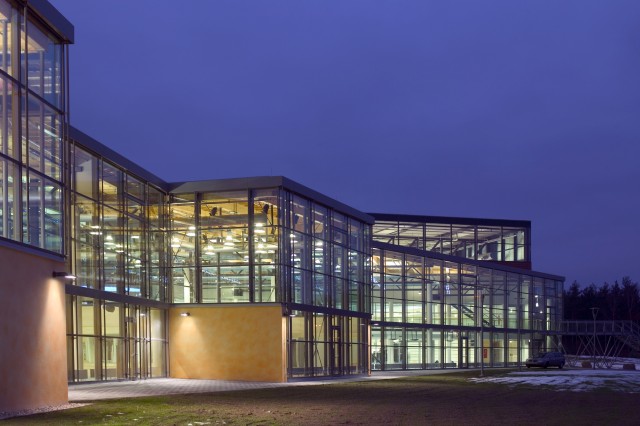
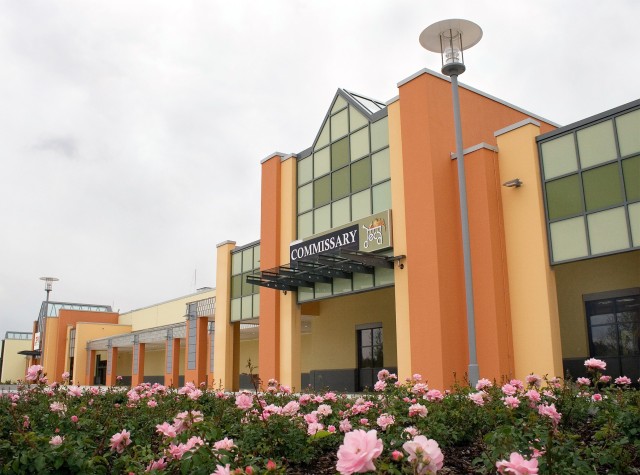
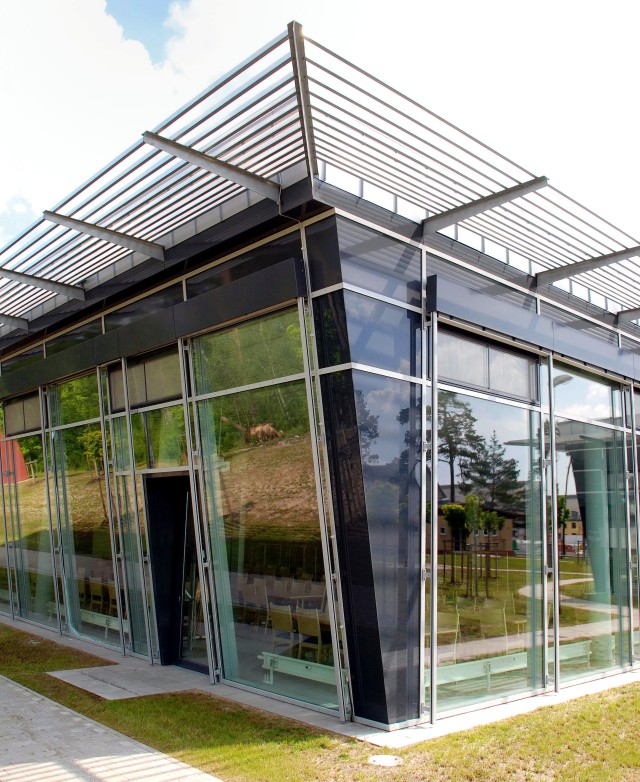
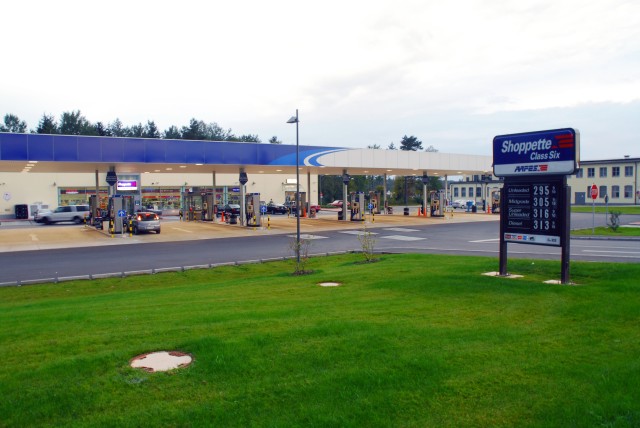
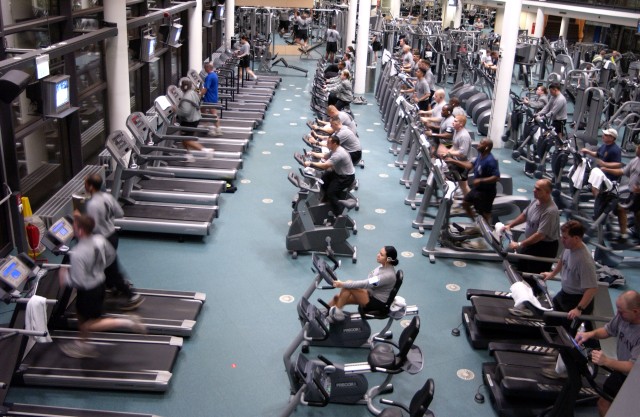
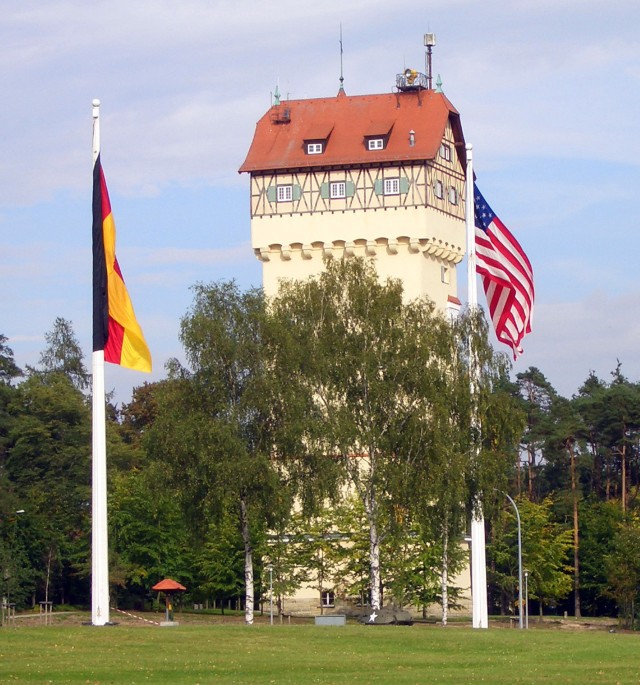

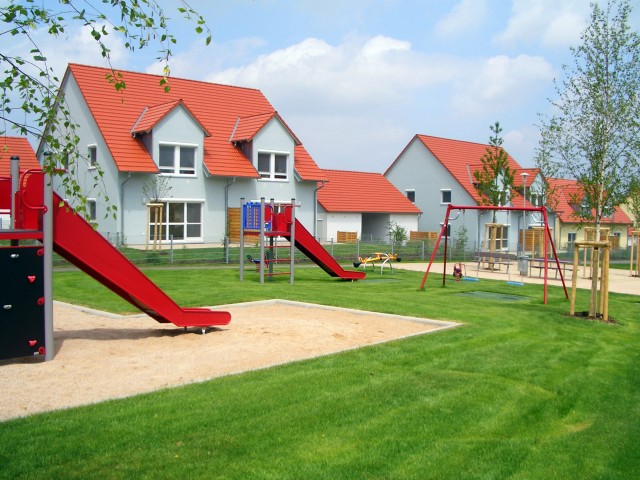
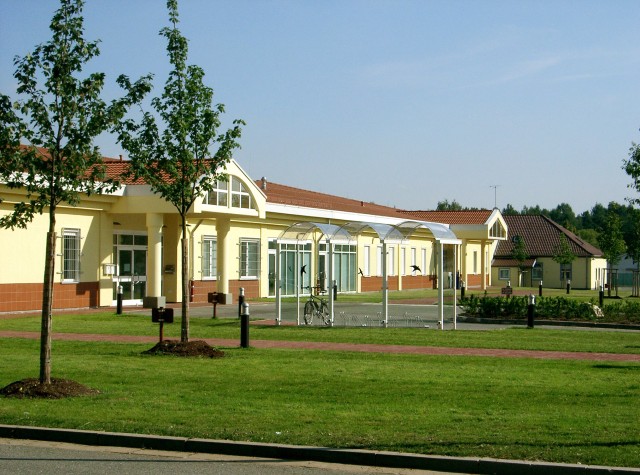
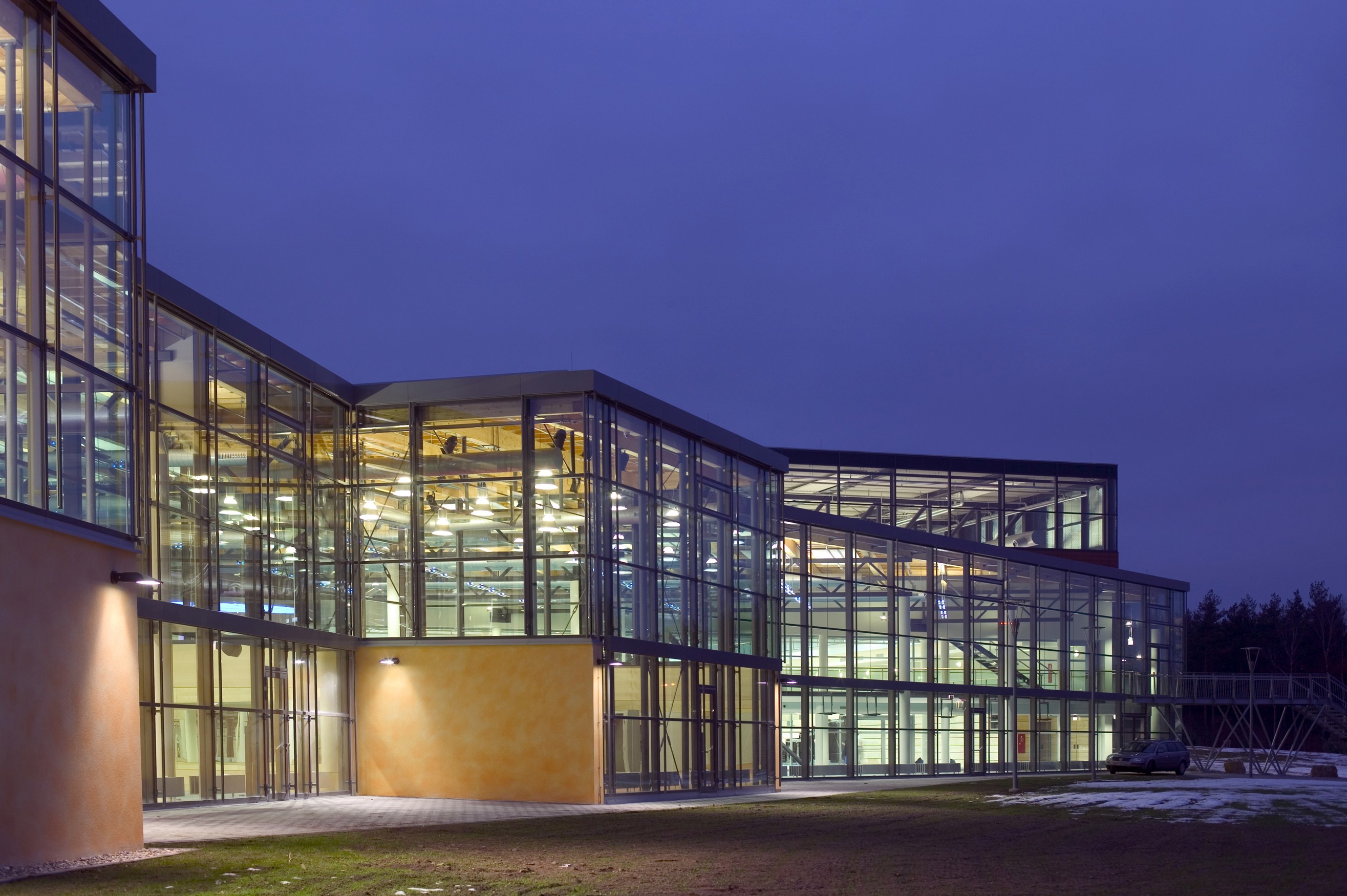
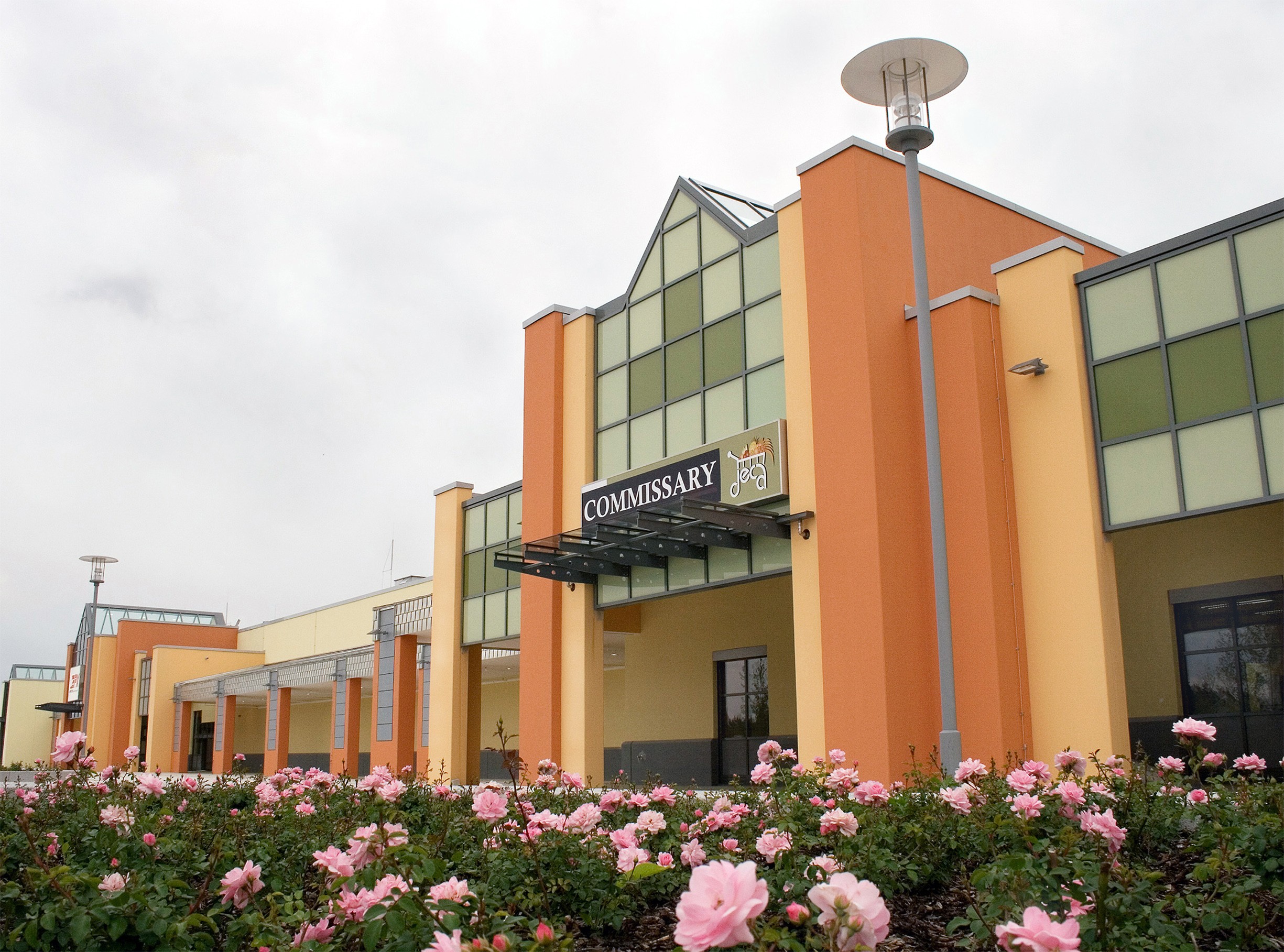
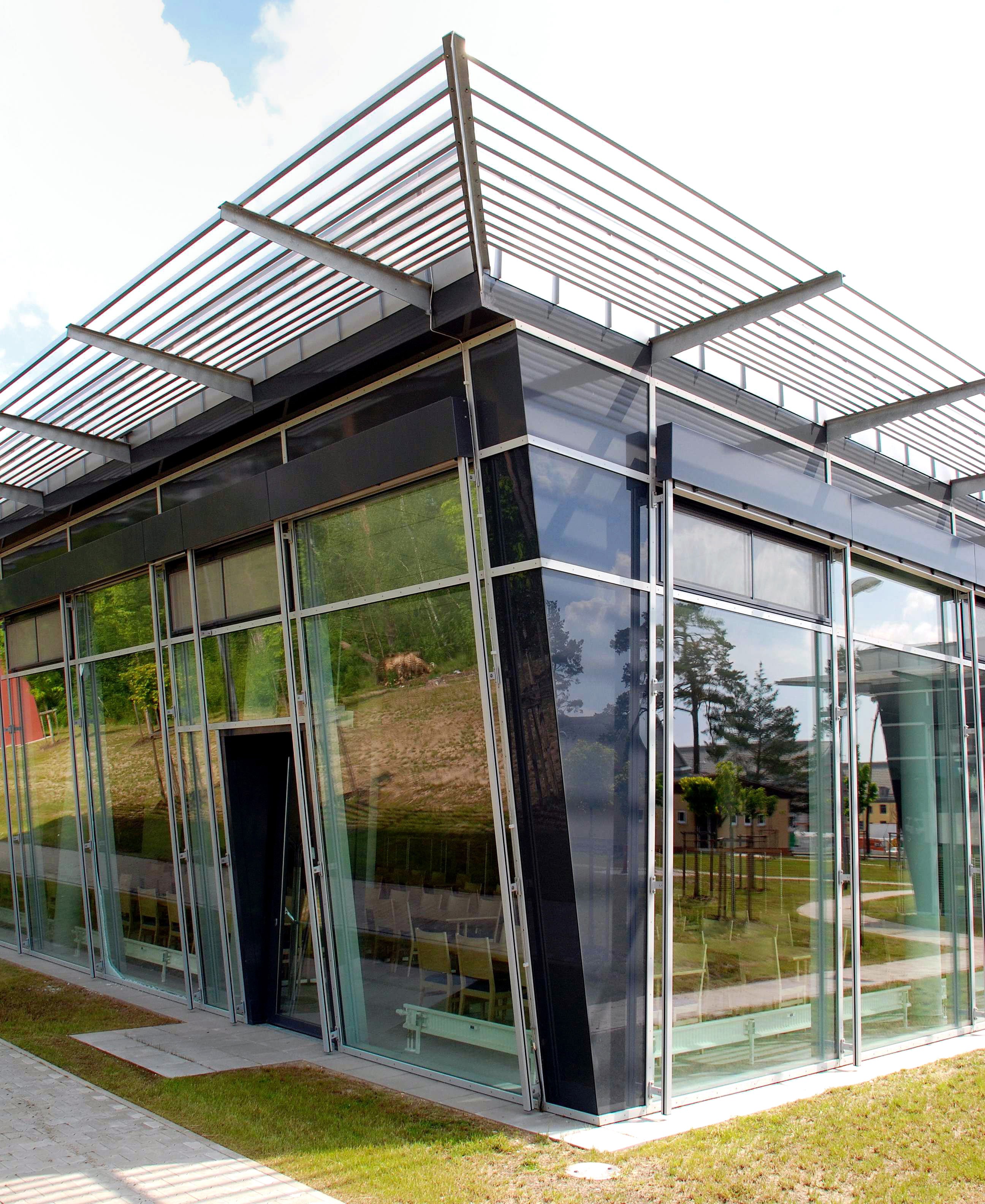
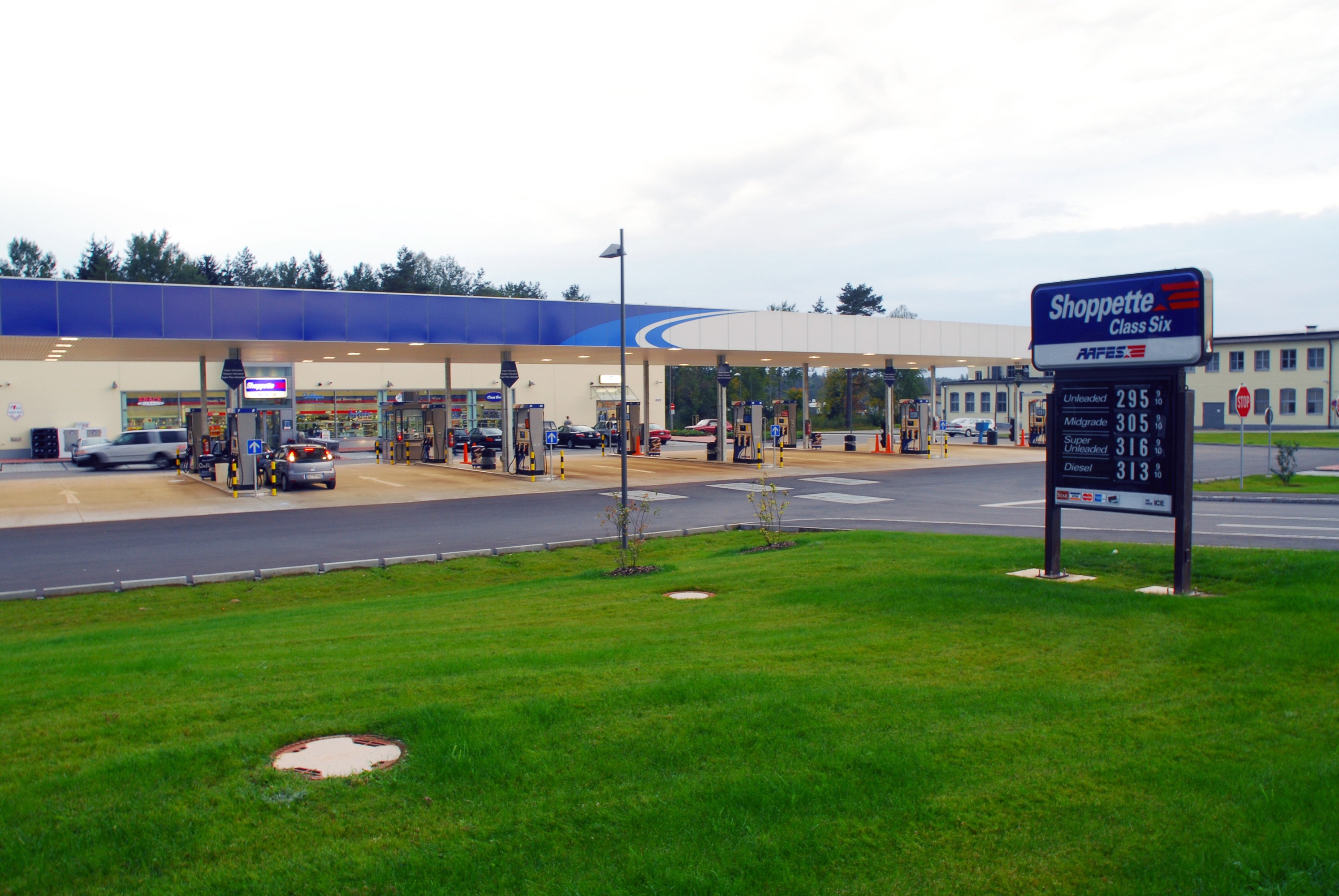

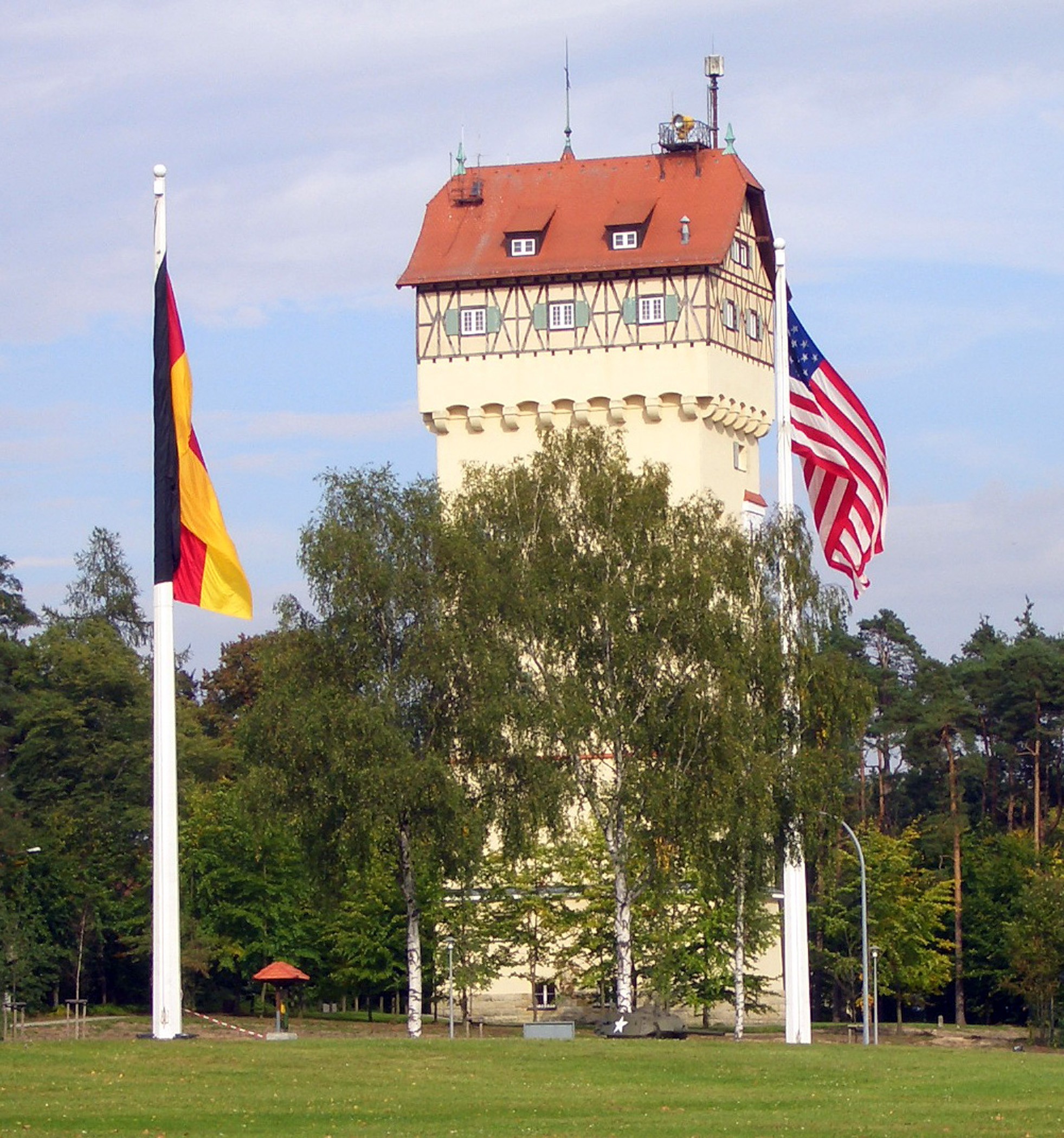



Social Sharing